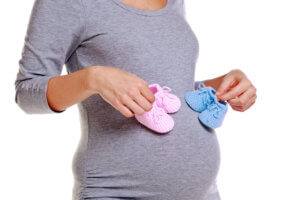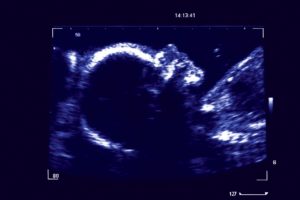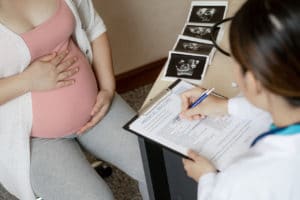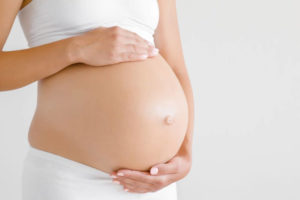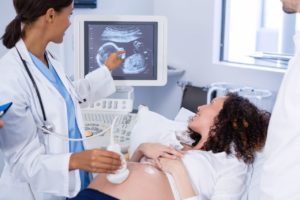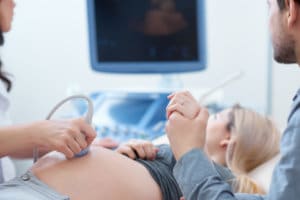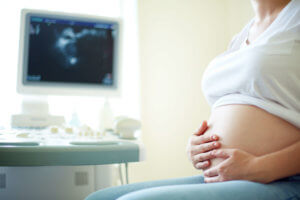Amniocentesis can be performed during pregnancy to determine whether the unborn child has any diseases. Amniocentesis is an important prenatal diagnostic measure and can be performed as early as the 10th week of pregnancy. In most cases, however, it is only performed from the 13th to the 17th week of pregnancy. However, amniocentesis is not necessary in every pregnancy. The costs are covered by health insurance if medically necessary.
Table of contents
Detection Of A Chromosomal Disorder With Amniocentesis
Diseases are often caused by damage to the human genome. The carriers of this genetic material are the chromosomes. The genes that contain the information about the genetic material are contained there. Damage to the genetic material can be detected by amniocentesis. The result is 99.9 percent reliable and can detect disorders such as Down syndrome. Also, amniocentesis can determine the sex of a baby and thus by means of this procedure determine whether sex-determined hereditary diseases are present in the baby. The risk of a chromosomal disorder increases with the age of the woman. The older she is, the higher the risk that the baby will have a disorder.
Procedure Of Amniocentesis
To examine the amniotic fluid, some amniotic fluid is taken from the amniotic cavity through the abdominal wall of the pregnant woman. This is also called amniocentesis. The amniotic fluid is then examined in the laboratory using several tests. A test result is available after about two weeks and is very reliable. Treatment is not possible in the case of a positive result. Thus, the pregnant woman has the option to terminate the pregnancy or to adjust to the disability of her baby. In the case of abortion, however, abortion by suction or curettage is not possible, because the pregnancy is already very advanced. In this case, the baby is delivered naturally. In this case, labor is induced artificially.
Risks Of Amniocentesis
It is very unlikely that a miscarriage will occur after an amniocentesis. The risk of miscarriage is between 0.5% and 1%. Greater risks of amniocentesis are vaginal bleeding or infection as a result of the examination. There may also be a temporary amniotic fluid loss. If the baby moves suddenly during the exam or the needle is placed incorrectly, the fetus may be injured during the procedure. If the procedure is performed by an experienced doctor, the risk of this actually happening is very low. Every woman should evaluate the necessity of the examination for herself and make the decision. Because the result of the examination can change the whole course of pregnancy.
Costs Of Amniocentesis
Amniocentesis is not part of the regular preventive examinations during pregnancy. Therefore, the costs are covered by health insurance only under certain circumstances. The costs are covered if the pregnant woman is already over 35 years old. This is because the risk of abnormal development during pregnancy increases with the woman’s age. If there are hereditary diseases in the family, this can be determined by means of amniocentesis. In such a case, the costs are also covered by the health insurance and the gynecologist will advise an amniocentesis. If there have been complications in earlier pregnancies or if there are risks in the current pregnancy, amniocentesis may be medically necessary. The costs are also covered in the event that a medical finding makes an amniocentesis necessary. If a pregnant woman wants to have amniocentesis without an obvious reason, for example, to detect possible hereditary diseases, she will have to bear the costs of the examination herself. Your gynecologist will inform you about the exact costs.
Photo: borke / bigstockphoto.com

